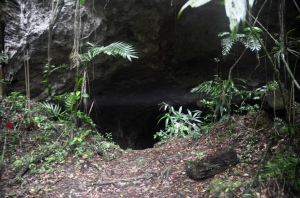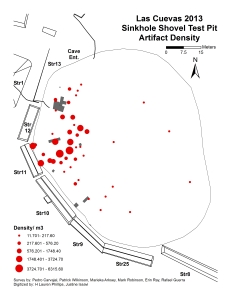by Dorie Perez
Pulling from a historically oral tradition, Chicano Literature sought to create and analyze texts of the Chicano cultural output that advanced during the social movements of the 1960s and into the 21st Century. Attempts to codify the literature of Chicano Studies into its own canon often sought to legitimize its study by turning oral tradition into the written word, the medium used most by the Humanities. This process of making “legible” work from Chicano scholars previously unrecognized by the academy framed such work as both cultural expertise and political argument.
The Center for Humanities’ final seminar for the Fall 2014 semester was led by Manuel M. Martín-Rodríguez who presented his paper “Of Modern Troubadours and Tricksters: the Upside-Down World of José Inés García”. Martín-Rodríguez writes of the work of Chicano scholars in the 1980s to reclaim their discipline’s written past by doing literary “recovery,” looking for the beginnings of a Chicano movement found in works previously ignored in the development of the canon. Thus, literary histories of previous scholarship are vital to work to shift the analysis of academic literature away from its Eurocentric focus. The medium of such critique was the novel and social history, yet other genres such as poetry, letters and humor are where social commentary from the fringes are best received.
Understanding poetry as a medium – short pieces with big impact – is central to the analysis of José Inés García, whose work has been virtually ignored by Chicano scholars. In the vein of recovery and through the poetry, Garcia’s work is identified by Martín-Rodríguez as significant to the development of Chicano literature, voicing issues of identity and social tension that would serve as the core ideas of subsequent Chicano authors. This recovered history is remarkable – very few copies of García’s work exist. Other poets like Bartolo Ortiz and José Díaz from the same time frame (early 20th Century) often used self-publishing to produce their work, sold door-to-door by authors eager to seek an audience within their own community. The entrepreneurial schemes to get their work read and published show the innovative ways in which this early cohort sought recognition. Calling himself “El trovador moderno,” or the modern troubadour, García’s writing extended to journalism. He edited El Progreso and La Cronica, local Spanish-language newspapers in the American South West.
The inversions that make José Inés García’s work so compelling are contextual as well as literary; García suffered an accident in mid-life, leading to permanent blindness that did not hinder his work as editor, translator and poet in New Mexico. He was also raised Protestant in an ethnic enclave of New Mexico, something of an outlier in traditionally Catholic Hispanic circles. His winking inversions continue in his focus on trickster figures, a literary trope used often to make light of intercultural tensions and difference. The transformation of gender roles happening during a time of social upheaval also captured his attention, producing several works that play on themes of gender. Given such topics, the early date of such work remains significant in its analysis of social change. Martín-Rodríguez was able to capture this recovery, adding to scholarship on forgotten figures central to Chicano Literature’s literary corpus and style.



